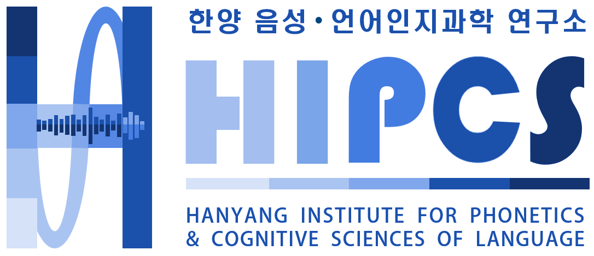Research
Dynamics of Speech Production through Articulatory DB Construction
This project is to build a database, which records Korean consonants, vowels, and paragraphs produced by male and female speakers in their 20s and 60s, using an electromagnetic articulography (EMA) that measures the movements of articulatory organs. The database includes dialects from various regions of Korea, including Seoul, Chungcheong, Gangwon, Jeolla, and Gyeongsang. This database has historical value in that it is the world's first articulation-based database that systematically records speech sounds of an individual language, and dynamic production of Korean. In the future, the database will be distributed around the world through a web service, contributing to the globalization of Korean language and Korean language research.
Phonetics and Syntax Mediated by Prosody Structures
This project investigates how phonetic differences in segments, which are subject to prosodic structure of a language, are implemented in the speech and influence syntactic parsing in the process of sentence processing, in which the speaker's speech planning is phonetically realized and the speaker’s utterance is perceived by the listener. The purpose of this project is to provide a new empirical basis of the interface between phonetics and syntax mediated by prosody structures, and to develop theories on the language processing of the prosody-syntax interface. This project will not only to provide empirical data for the L1/L2 language processing obtained from the speakers learning Korean or English as their native languages or second/foreign languages, but also to present a comprehensive framework of the L2 acquisition theories, which have been developed without considering higher-order language structures.
Korean Web-based Articulatory Database Construction
This project is to construct the Korean articulatory database which store sound data, articulatory data, and background information on the speaker in an integrated manner. In this project, a web-based interface will be built in collaboration with computer engineers, contain acoustic data, articulatory data and information on the speaker, for instance, age, educational background, dialect status, occupation, etc. and allow users to do an integrated analysis of articulatory data. This integrated web-based interface is expected to become a basis for those interested in the sound patterns and articulatory movement in Korean for academic or research purposes, and to contribute to the globalization of the Korean language.
